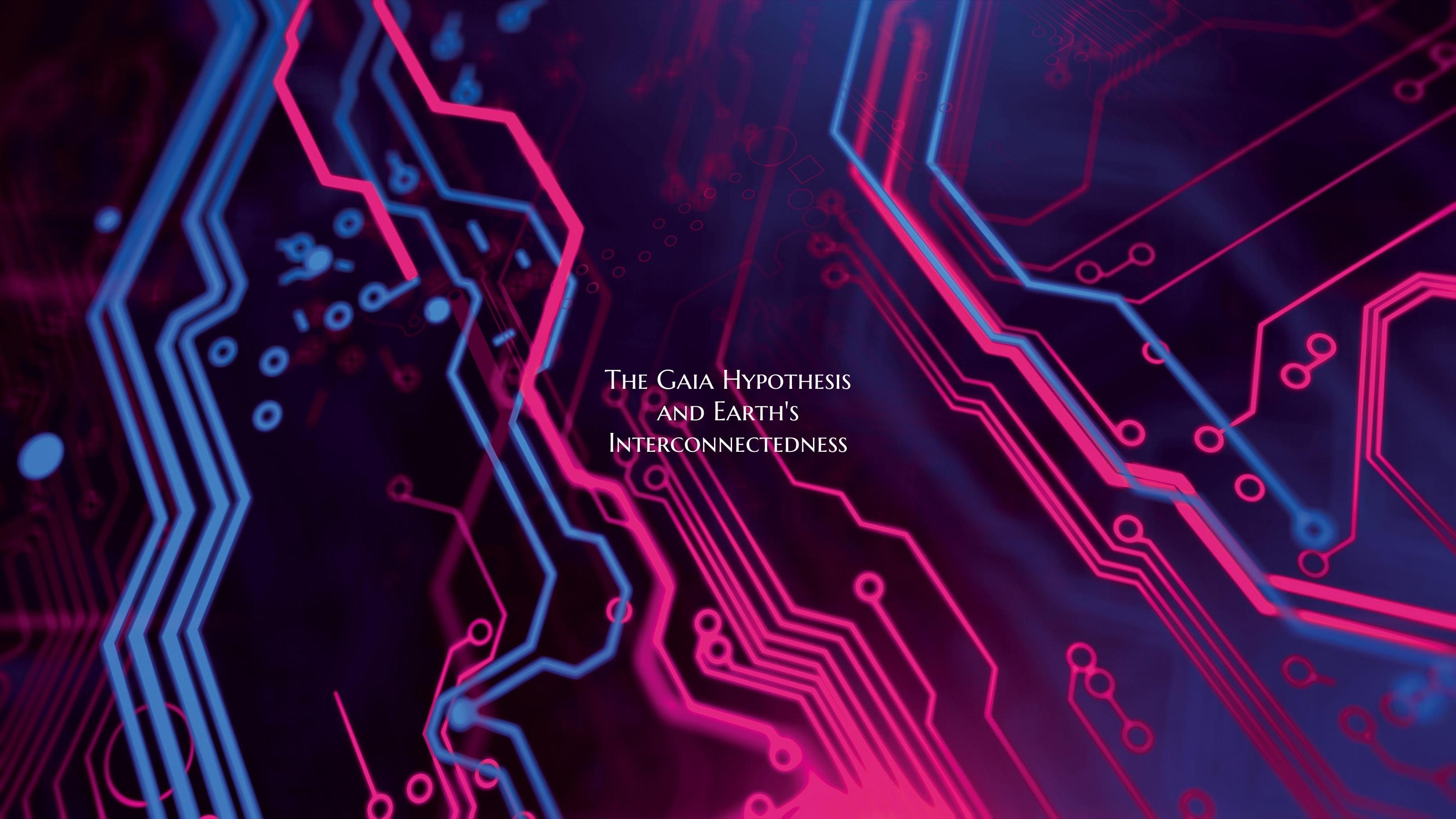The Gaia Hypothesis and Earth's Interconnectedness
The Gaia Hypothesis and Earth's Interconnectedness
The Gaia Hypothesis, proposed by scientist James Lovelock in the 1970s, suggests that Earth operates as a single, self-regulating system. The hypothesis gets its name from Gaia, the ancient Greek goddess of the Earth. According to this idea, all living organisms, the atmosphere, oceans, and the Earth's surface interact and function together to maintain conditions suitable for life.
One of the key concepts within the Gaia Hypothesis is the idea of interconnectedness. This theory posits that all living and non-living components of the Earth are interconnected and influence each other in a complex web of relationships. For example, plants produce oxygen through photosynthesis, which is essential for animals to breathe. In return, animals produce carbon dioxide, which plants need for their own growth. This interdependence creates a delicate balance that supports life on Earth.
The Earth's interconnectedness can be observed in various ways. The carbon cycle, for instance, shows how carbon is continuously exchanged between the atmosphere, oceans, soil, and living organisms. This cycle plays a crucial role in regulating the Earth's climate and maintaining suitable conditions for life. Likewise, the water cycle demonstrates how water moves between the atmosphere, land, and oceans, sustaining ecosystems and providing freshwater for all living organisms.
Human activities, such as deforestation, pollution, and climate change, can disrupt the delicate balance of Earth's interconnected systems. By recognizing and understanding the interconnectedness of Earth's systems, we can better appreciate the importance of environmental conservation and sustainable practices.
In conclusion, the Gaia Hypothesis highlights the intricate web of connections that exist between all components of the Earth. Understanding and respecting this interconnectedness is crucial for maintaining the health of our planet and ensuring a sustainable future for generations to come.

